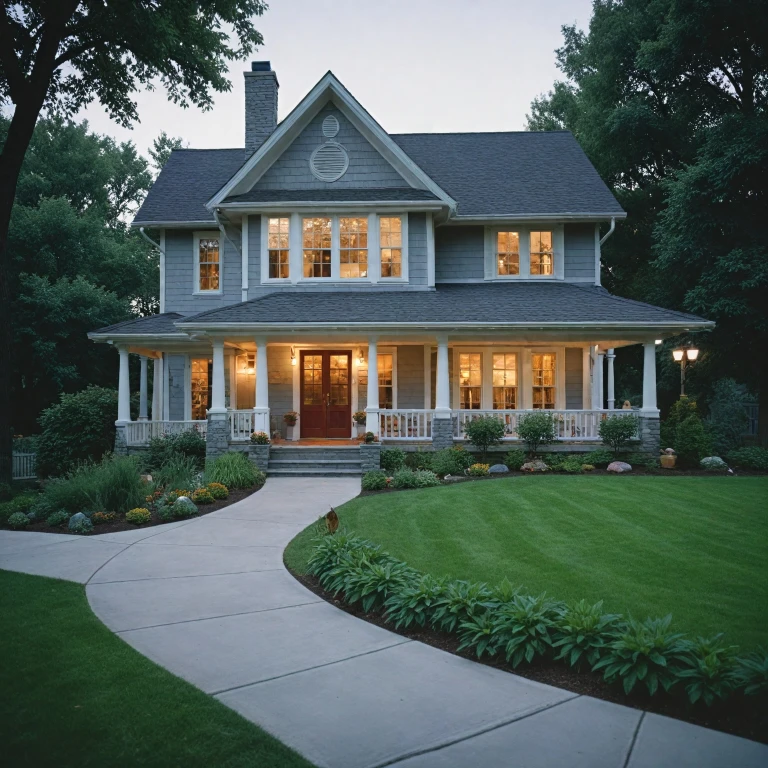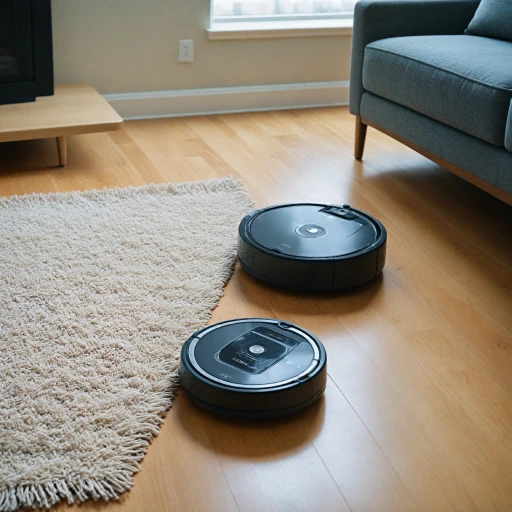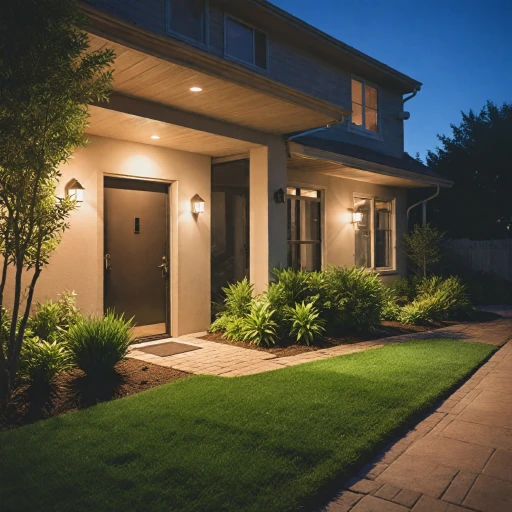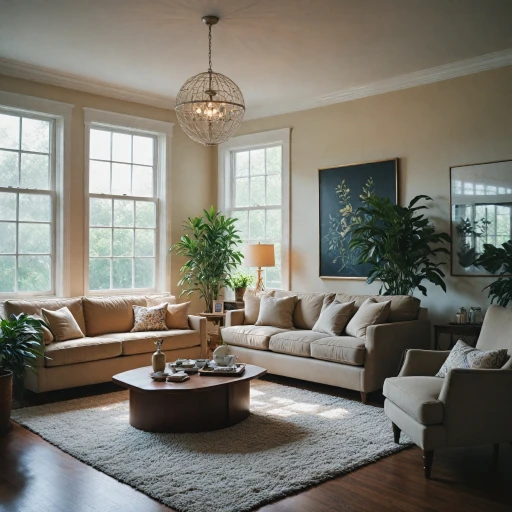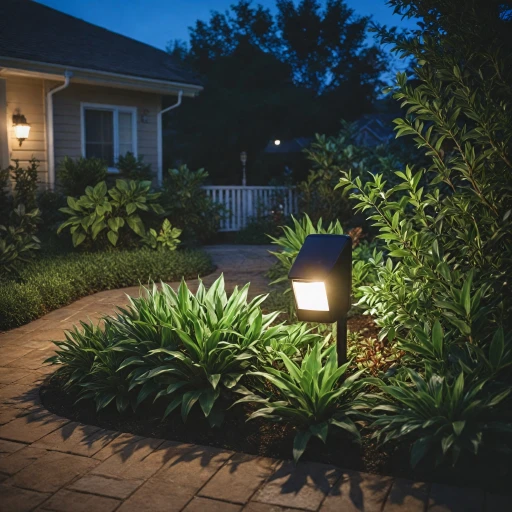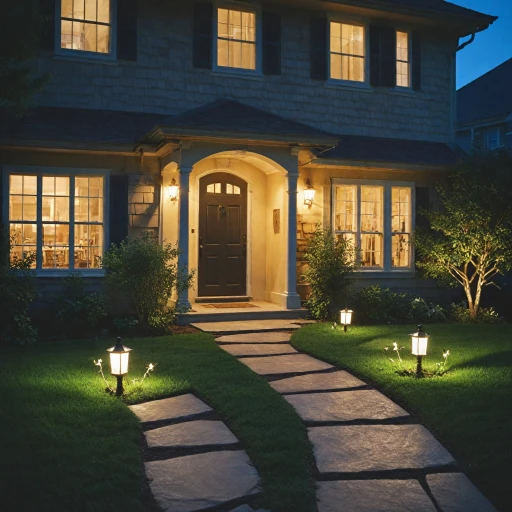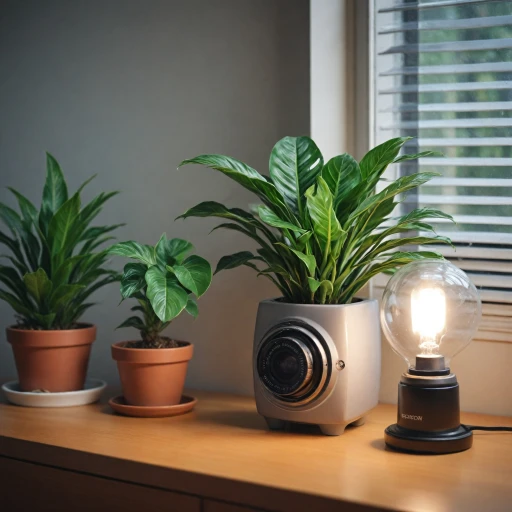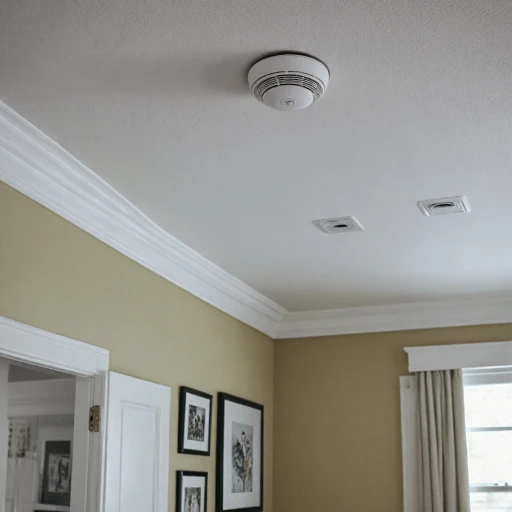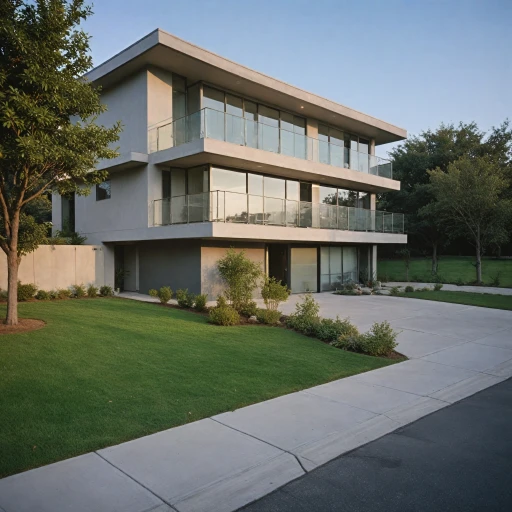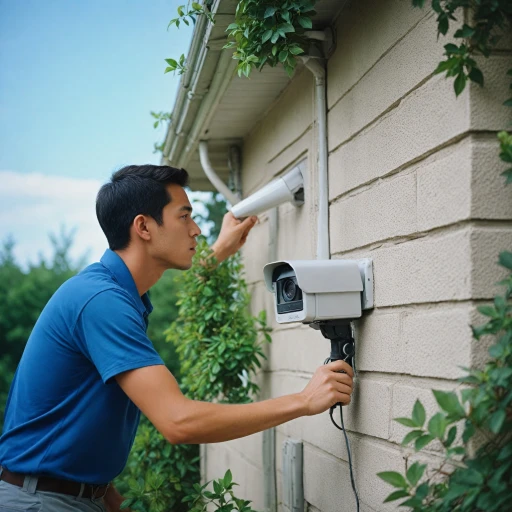
Understanding Outdoor Motion Sensors
Getting to Know Outdoor Motion Sensors
Outdoor motion sensors are a critical component in modern home security systems. They serve as the first line of defense by detecting movement around your property, which can trigger alarms, lights, or cameras. Understanding how these sensors work can help you make informed decisions about securing your home.
Motion sensors, such as Passive Infrared (PIR) sensors, are popular for outdoor use. They detect changes in heat levels, which makes them effective in identifying human movement. These sensors are often used in driveway alarms and security lights to alert homeowners of any activity. The technology is reliable and can be integrated with other security devices for enhanced protection.
When choosing a motion sensor, consider factors like detection range and beam angle. Long-range sensors are ideal for larger properties, while those with a wider beam angle can cover more area. Selectable settings allow customization of sensitivity levels to reduce false alarms from pets or wildlife.
Outdoor sensors come in various styles and finishes, such as white or bronze, to match your home's exterior. They can be powered by batteries, solar panels, or wired connections, offering flexibility in installation. Wireless options provide ease of setup and can be moved as needed.
For those interested in enhancing security with discreet outdoor cameras, this resource offers valuable insights.
Types of Outdoor Motion Sensors
The Versatile World of Motion Detection
Understanding the various types of outdoor motion sensors can greatly enhance the security of your home. These devices are designed to detect any movement, triggering an alert or other actions when activity is detected within a certain range. Here’s a closer look at the options available for homeowners.PIR Sensors: A Reliable Choice
Passive Infrared (PIR) sensors are among the most common types used for outdoor security purposes. They detect infrared radiation emitted by warm objects, such as people or animals, within their field of view. This makes them highly effective for outdoor areas and ensures fewer false alarms. Opt for a white or bronze PIR sensor for aesthetic integration with your home's exterior.Enhancing Security with Dual-Technology Sensors
To minimize false positives, some systems combine PIR with microwave technology, offering a robust solution. This dual-detection ensures that only significant motion, like a person approaching your driveway, triggers the alarm, improving overall security without unnecessary disruptions.Wireless and Battery-Powered Conveniences
Wireless and battery-powered sensors provide flexibility in installation and placement around your home. These devices are easy to install as they don't require extensive wiring, which can also reduce installation costs. Moreover, many models feature selectable detection ranges and settings to adapt to various environments and security needs.Long-Range and High-Low Options
For larger properties, long-range motion sensors are invaluable. Many models are designed to cover extended distances while maintaining detection accuracy. High-low options allow homeowners to adjust the sensor sensitivity and beam angle, ensuring optimal performance regardless of specific location or security demands.Lights and Alarms: Integrating More Features
Many outdoor motion sensors come with additional features such as security lighting and alarms. Whether you need a flood light, driveway alarm, or security light, these devices can add an extra layer of protection. Solar powered options are available, providing an eco-friendly alternative that ensures your sensors remain operational during power outages. Exploring these various types and functionalities will help you determine which features are essential for your home security needs. For more insights on deciding between floodlight security and just cameras, you might find this article helpful. These advanced technologies can seamlessly integrate with other security systems to enhance the safety of your home.Integrating Motion Sensors with Security Cameras
Integrating Motion Sensors with Security Cameras for Enhanced Protection
Incorporating motion sensors with security cameras can significantly boost home security, keeping intruders at bay and ensuring your peace of mind. When these two systems work in tandem, you gain comprehensive coverage and more precise detection capabilities that are hard to achieve otherwise. To begin with, motion sensors serve as the first line of defense. They detect any movement within a specified range and immediately trigger security cameras to start recording. This ensures every important event is captured, even before intruders attempt to breach any access points.Seamless Connectivity Options
Modern technology offers a variety of connectivity options to integrate sensors and cameras effectively. Choosing between wireless and wired systems depends on your specific needs and setup constraints. For instance, wireless options, such as powered wireless or PIR wireless sensors, are popular due to their ease of installation and flexibility. Many wireless models provide free shipping as an added convenience, making them an attractive choice for home security improvements. In contrast, battery-powered systems may require regular maintenance or battery replacements. However, they offer the independence of placement without the need for proximity to power sources, which is particularly useful for outdoor or long-range setups.Effective Positioning and Lighting Integration
Strategically positioning motion sensors and cameras is crucial for maximum efficiency. Commonly used areas include entry points like doors and windows, as well as vulnerable spots like driveways or dark corners. The right placement ensures that the sensors’ detection capabilities are maximized, and cameras can capture clear images when triggered. Furthermore, integrating security lighting, such as a high-powered security light or flood light with motion detection, can deter potential intruders by illuminating them as soon as motion is sensed. This lighting can also improve the quality of the video captured by cameras in low-light situations. Consider options like LED, battery-powered, or solar-powered lighting solutions, which cater to various settings and preferences.Adjustable Sensitivities and Alerts
Most modern systems come with selectable sensor sensitivities. This feature allows you to tailor the detection range and response to your specific environment, reducing false alarms from non-threatening motions like small animals. Pairing this with customizable alerts, like a driveway alarm, ensures that you are immediately notified of any suspicious movements. For those interested in diving deeper into optimizing security settings, sensor models come in various finishes and designs, such as white or bronze, to aesthetically match your home decor while maintaining uncompromised security. In summary, seamlessly integrating motion sensors with security cameras enhances your home's security effectiveness. Whether you prefer high-tech wireless options or traditional setups, there’s a solution that will fit your security needs.Installation Tips for Outdoor Motion Sensors
Essential Tips for Installing Outdoor Motion Sensors
When setting up outdoor motion sensors, correct installation is crucial for optimizing performance and ensuring reliable detection. Here are some valuable tips to guide you through the process:- Positioning the Sensors: Identify strategic locations where the sensors can cover the most ground. Driveways, walkways, and entry points are common spots where placing a motion sensor can be helpful. Consider the range and beam angle of the sensors to maximize coverage.
- Height and Angle: Mount the sensors at an appropriate height to prevent unwanted triggers from small animals. Generally, a height of 6-8 feet is recommended for outdoor motion detection. Adjust the angle to ensure the sensor faces towards the area you want to monitor effectively.
- Calibration and Testing: After installation, test the sensors to determine if they activate as intended. Check if the lighting conditions affect their performance. Sensors with LED lighting might require adjustments to the light sensitivity setting.
- Weather Considerations: Choose sensors designed to withstand the outdoor elements. Devices with a weatherproof rating are better suited to handle rain, wind, and even extreme temperatures.
- Wiring and Power Options: If your sensor is not battery powered, ensure the wiring is safe from outdoor exposure. Alternatively, choose models that are battery powered or solar powered for a hassle-free installation. Wireless options can also simplify deployment without requiring extensive cabling.
- Color Matching: To maintain your home’s aesthetic, consider the color of your motion sensors. From white to bronze, select an option that blends seamlessly with your exterior.
- Security Integration: For enhanced security, integrate your motion sensors with an alarm or security system. This step not only increases protection but also turns the detection into an immediate alert system.
Common Challenges and Solutions
Troubleshooting Challenges and Practical Solutions
Outdoor motion sensors are an essential element in enhancing home security, but they come with their own set of challenges. Here are some common issues homeowners face and practical solutions to address them:- False Alarms: One of the main issues with motion sensors is the potential for false alarms. These can occur due to animals, weather conditions, or even the changing position of the sun. To reduce false alarms, consider using pir wireless sensors with adjustable sensitivity settings. This feature allows you to customize the detection range, which is particularly beneficial in minimizing unwanted triggers.
- Power Issues: The reliability of a motion sensor largely depends on its power source. Both battery-powered and powered wireless options have their merits. For battery-powered models, regular maintenance by checking and replacing batteries is crucial. Opt for sensors with a long battery life and those rated for high efficiency to reduce the frequency of power issues.
- Environmental Factors: Outdoor environments can be challenging for sensor functionality. High humidity, rain, and extreme temperatures may impair sensor efficiency. To combat these issues, ensure your sensors are weatherproof and suitable for your climate. Installing them under a roof or protective casing can prevent direct exposure to weather elements.
- Lighting Concerns: Motion detection can be influenced by lighting conditions. When installing an outdoor sensor, make sure it is not facing a bright light source or directly exposed to flood light beams. Opt for security lights with a white or selectable beam angle to complement the motion sensors, providing adequate lighting without interference.
- Detection Range and Beam Angle: Choosing sensors with an appropriate long-range detection capability and adjustable beam angle is key. This is especially crucial if you are covering large areas, such as a driveway. Customize the detection zones to focus on high-interest areas while preventing unnecessary motion detection beyond your property boundaries.
Choosing the Right Motion Sensor for Your Home
Selecting the Perfect Motion Sensor to Elevate Your Security
When it comes to choosing outdoor motion sensors, there are several factors to consider to ensure you select the best option for your home security needs. The type of motion detection, installation requirements, and integration possibilities with existing systems will all play a role in your decision.- Type of Sensor: Outdoor PIR (Passive Infrared) sensors are popular due to their ability to detect heat signatures in motion, making them highly effective for security purposes. Consider if a PIR sensor or an outdoor sensor with a different detection technology suits your needs best.
- Power Source: Motion sensors come in various power options, such as battery-powered or wireless options. If you are looking for an eco-friendly and cost-effective solution, solar powered sensors are a great choice as they use solar energy to function.
- Range and Detection Angle: Understand the area your motion sensor needs to cover. If your goal is to secure a long range or a specific zone like a driveway, opt for sensors with a wide beam angle and selectable range settings.
- Design and Aesthetics: Ensure the design fits your home. Options range from modern white to discreet bronze finishes to match your exterior. The color choice can help blend the sensor seamlessly with your home's decor.
- Additional Features: Some motion sensors come equipped with built-in security lights or driveway alarms. These can enhance nighttime security with LED light options offering high, low, or flood light settings for improved visibility.
- Sales and Warranty: When purchasing, look for deals offering discount sales, regular price reductions, and free shipping options. Ensure your motion sensor includes a reliable warranty to protect your investment.

